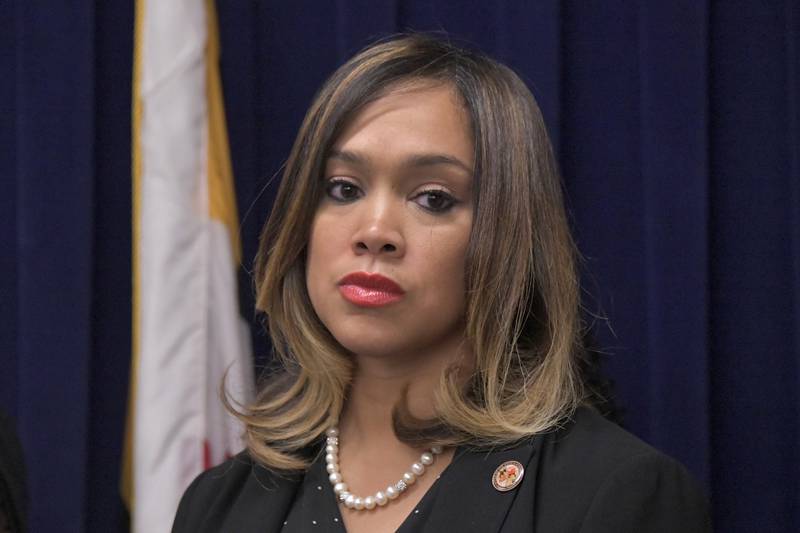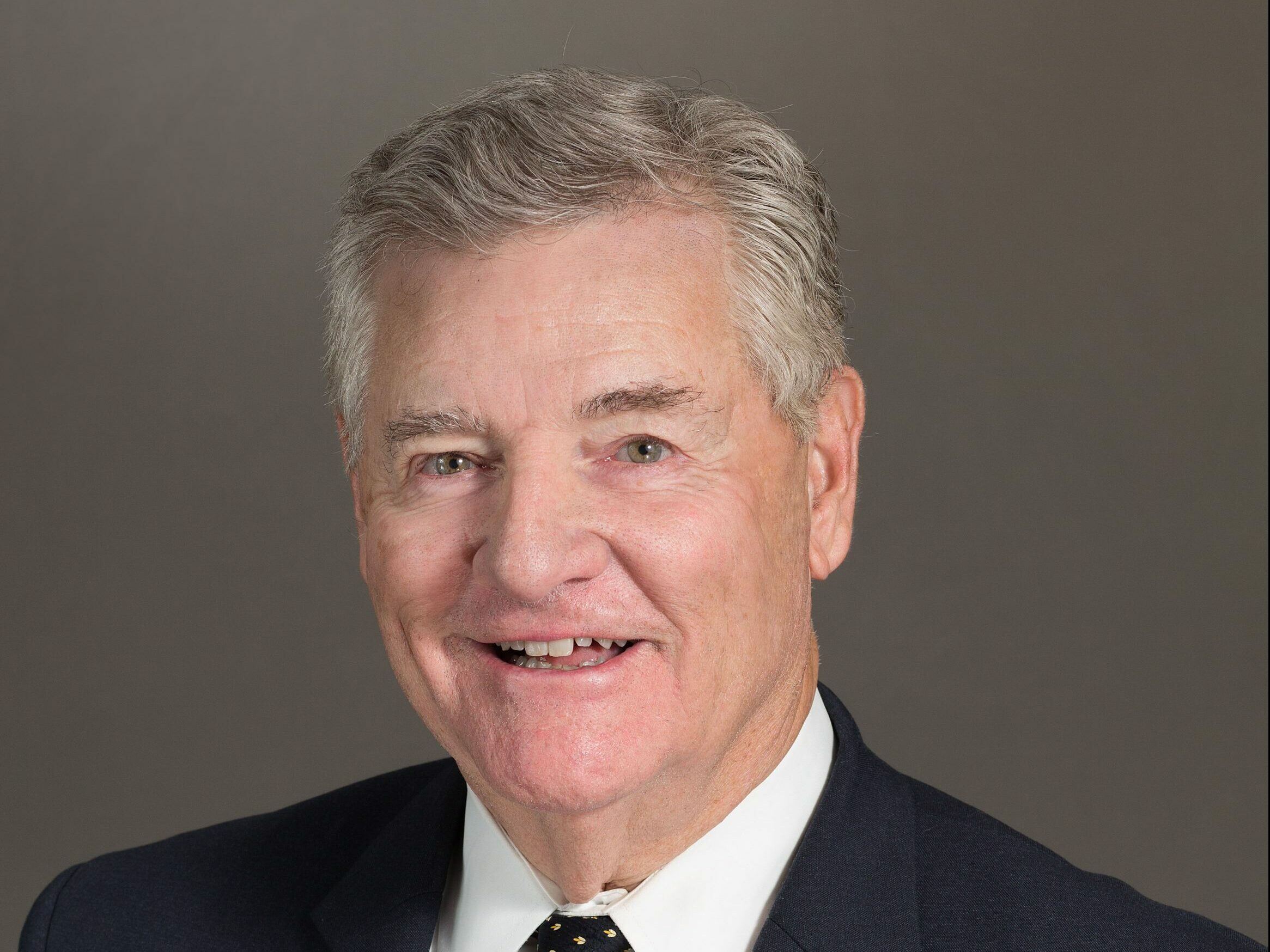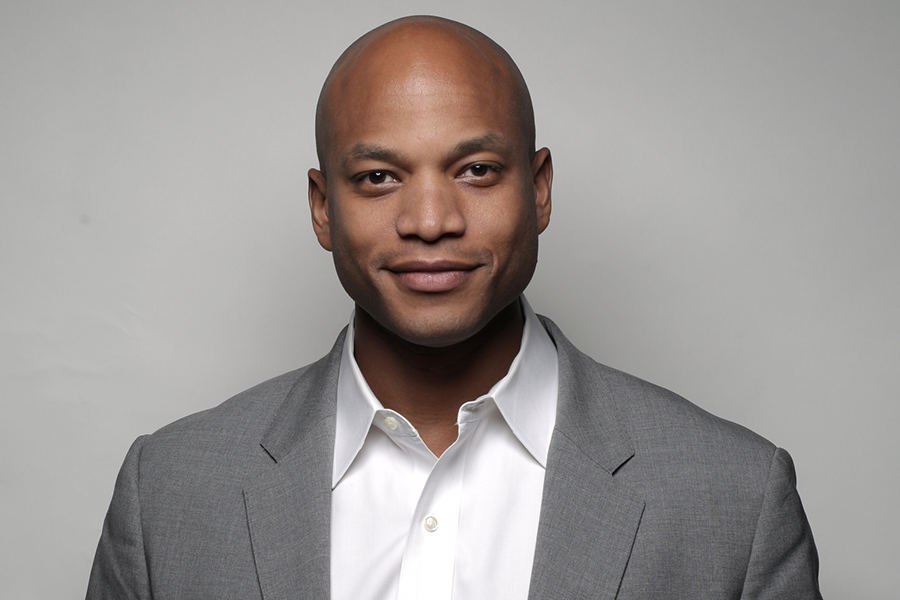Frank DeFilippo: Marilyn Mosby’s About to Meet Her Maker — the Voters
There are echoes of former mayors Sheila Dixon and Catherine Pugh in Marilyn Mosby’s campaign for reelection as Baltimore state’s attorney, none more relevant than the role of Black women voters in city elections. Many observers are sizing up the contest as simply a reprise of the 2018 election. That may be the case, but only in the sense that the same three Democrats appear on the primary election dance card — Mosby, Thiru Vignarajah and Ivan Bates.


